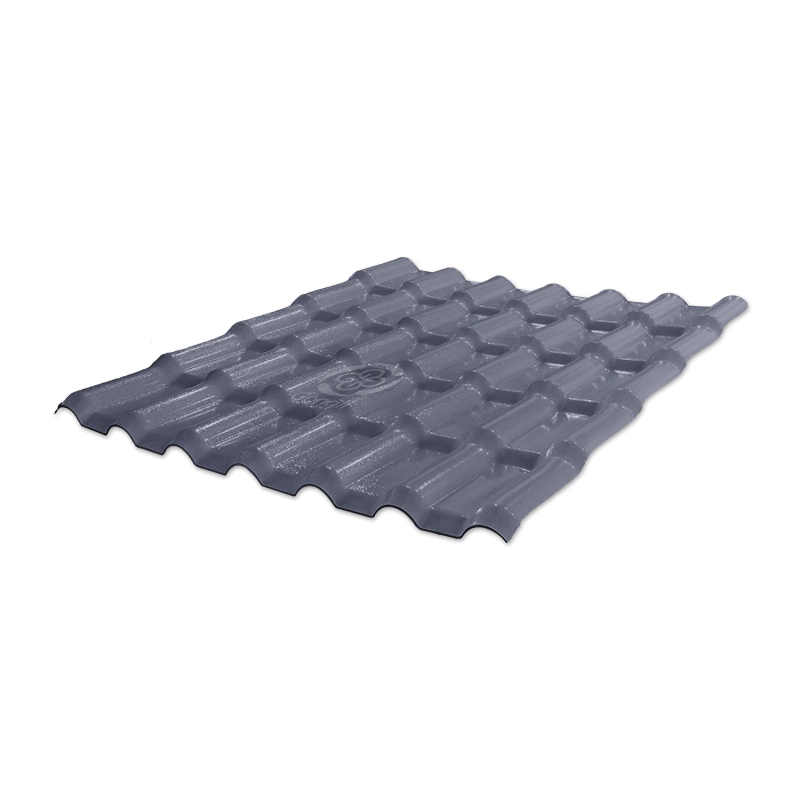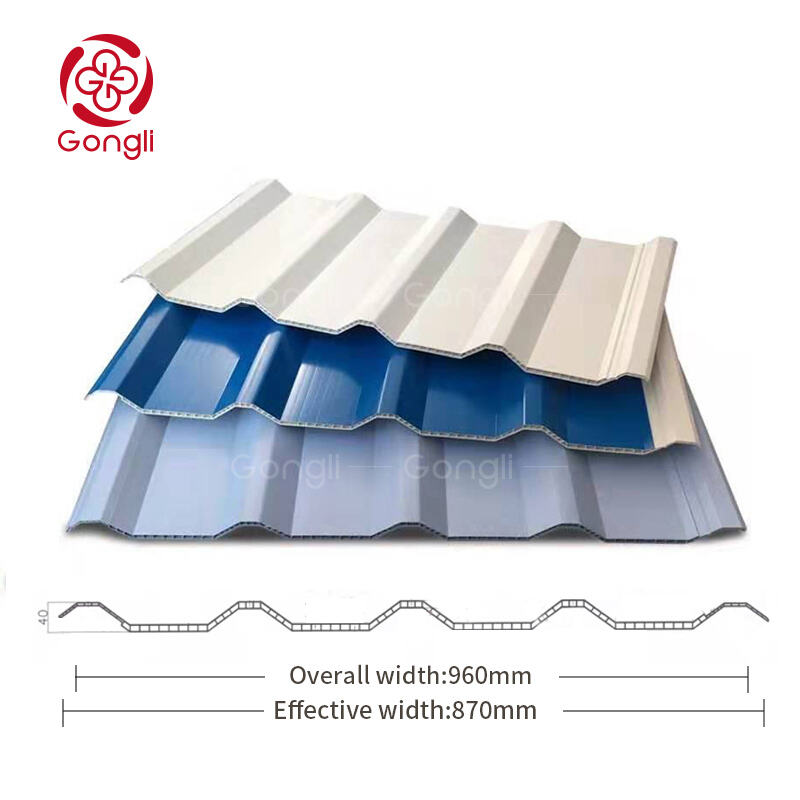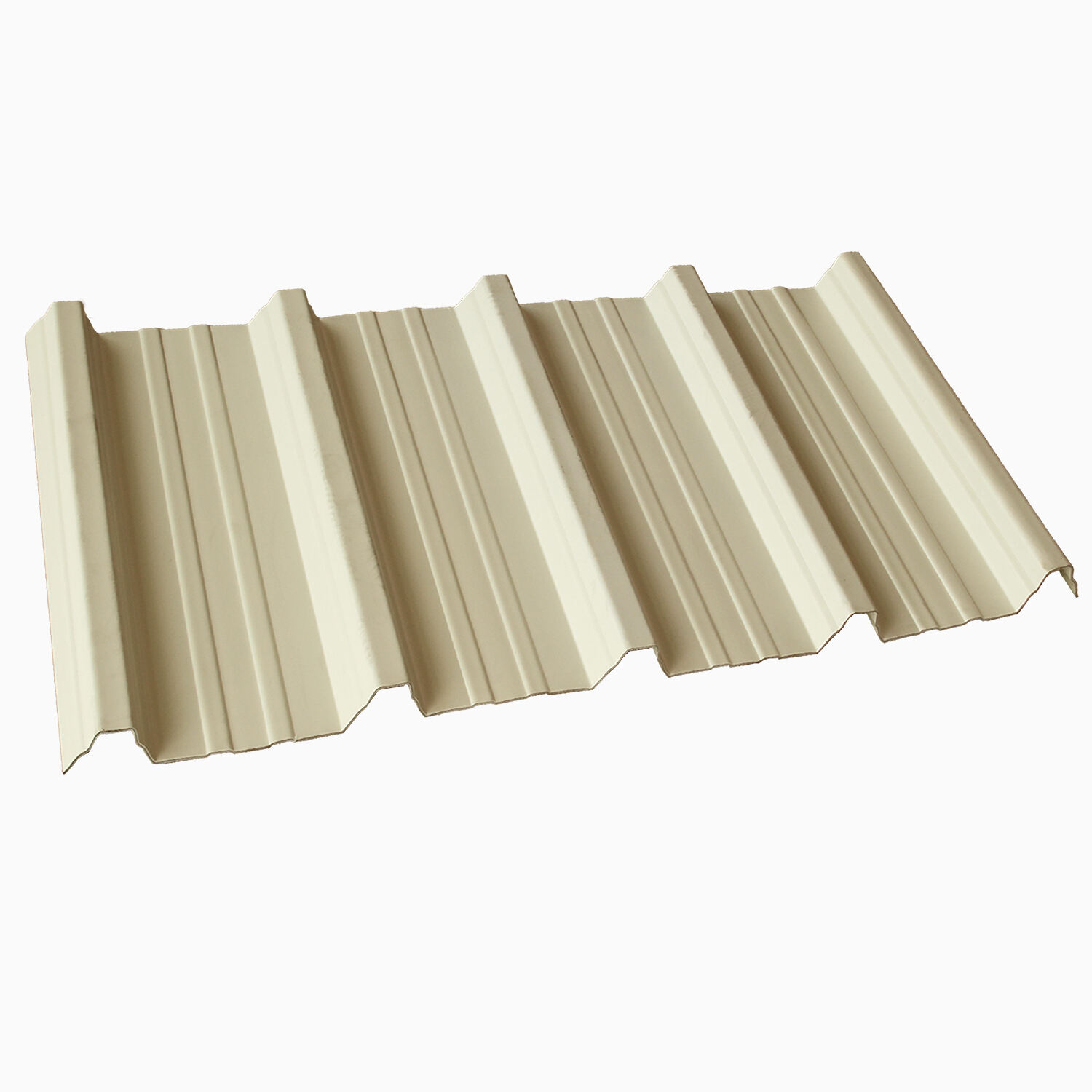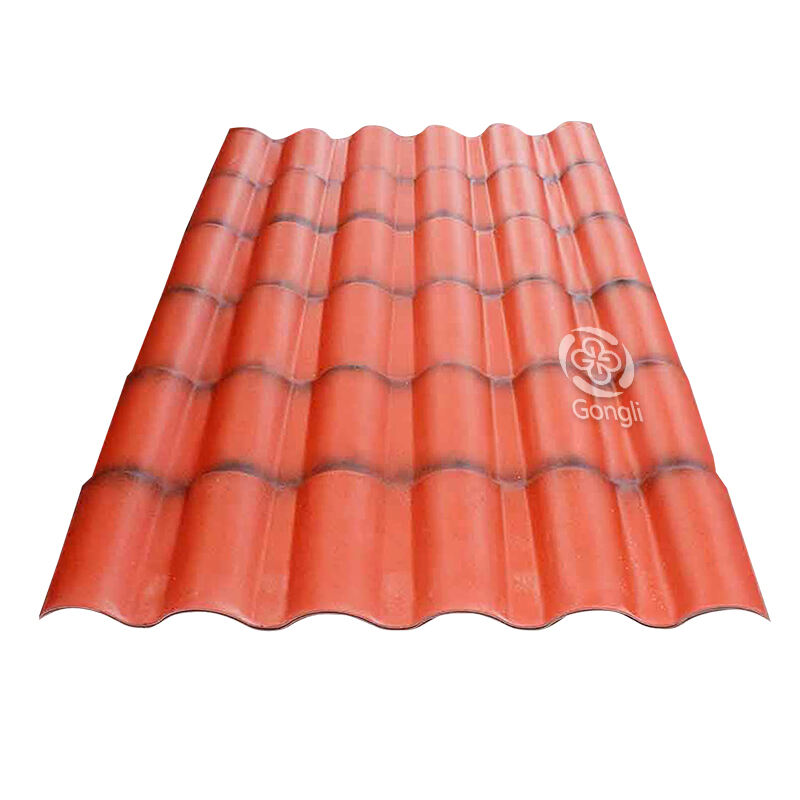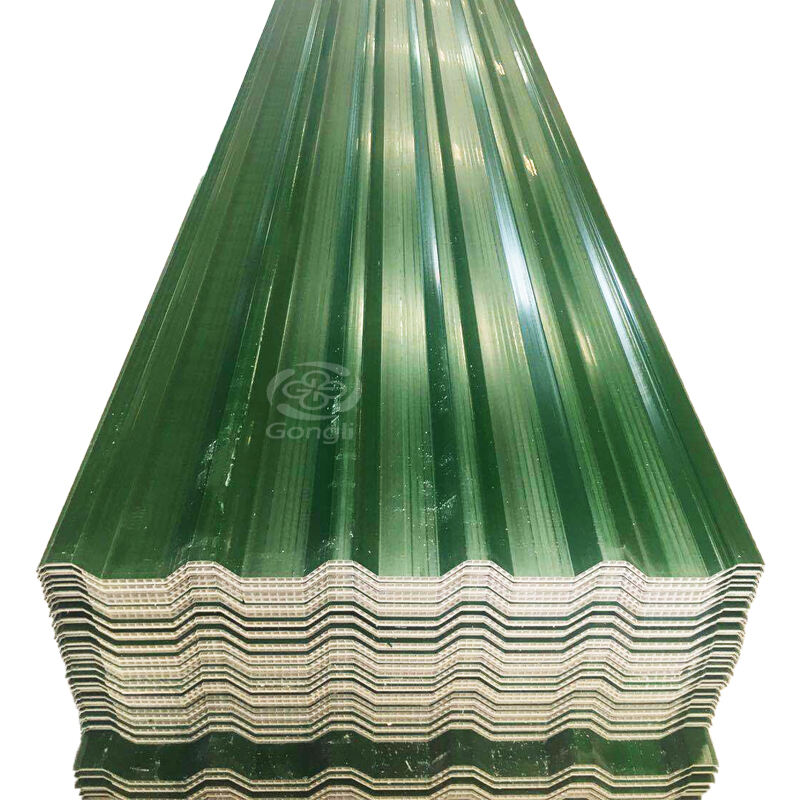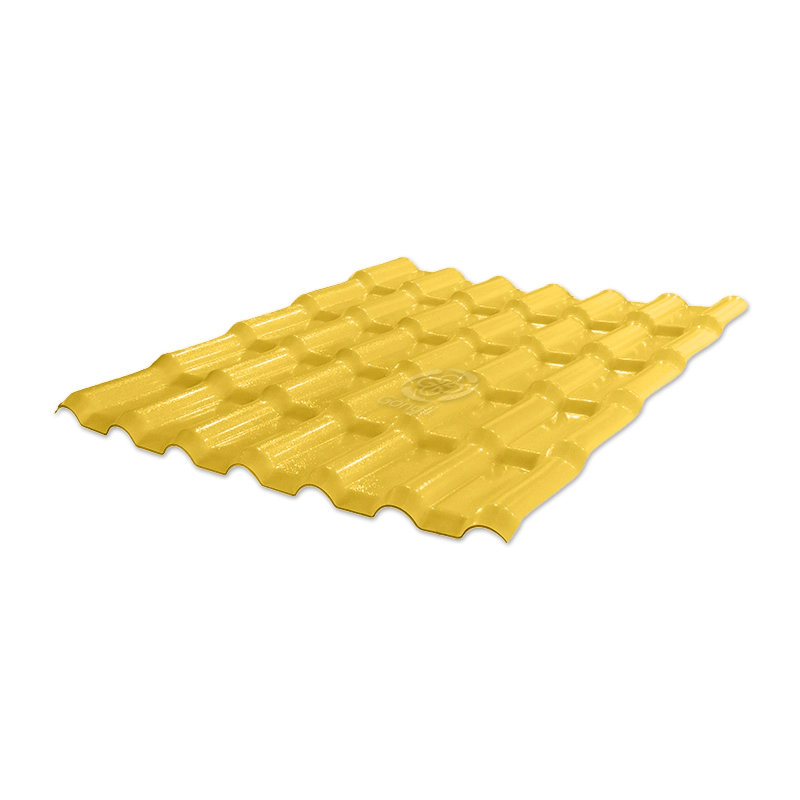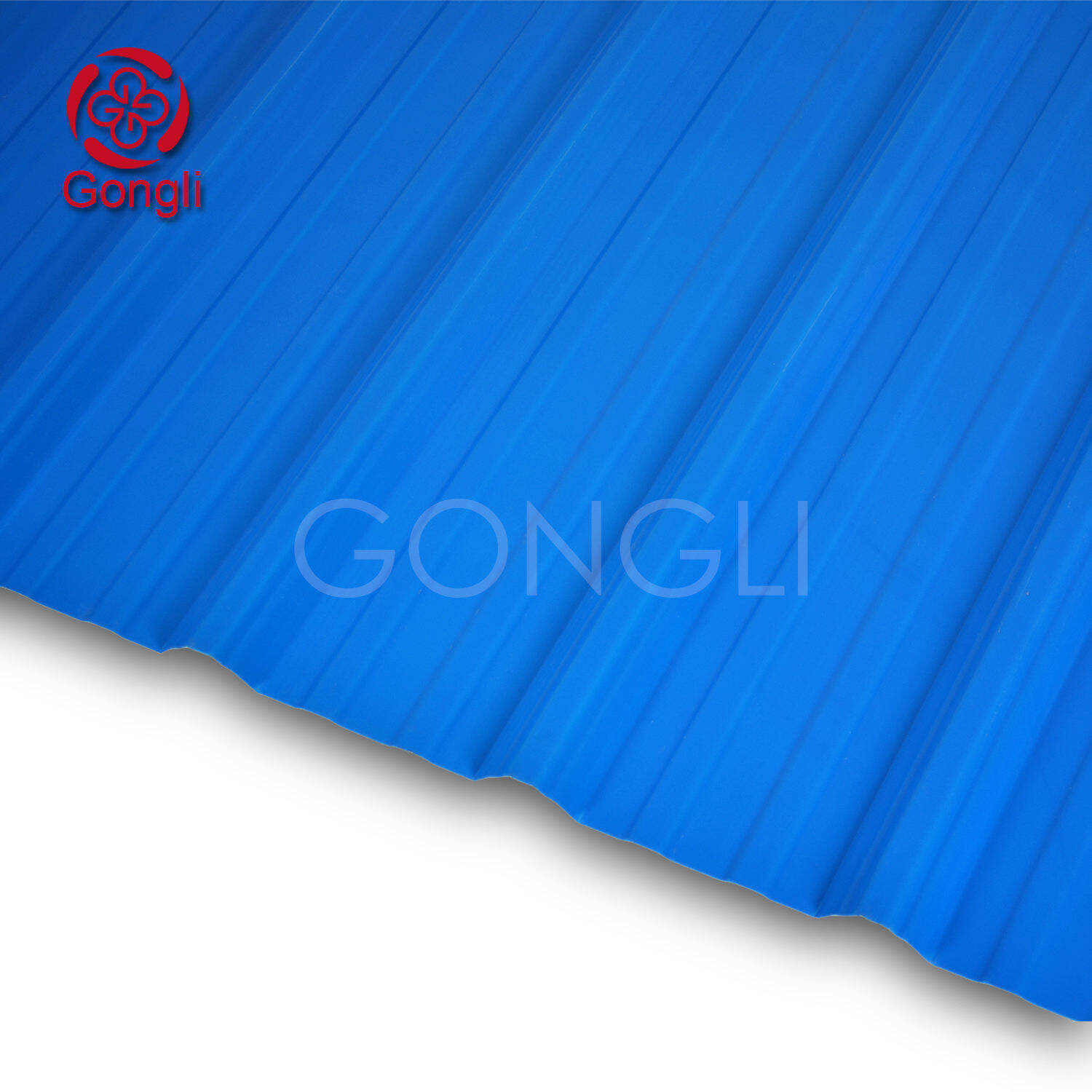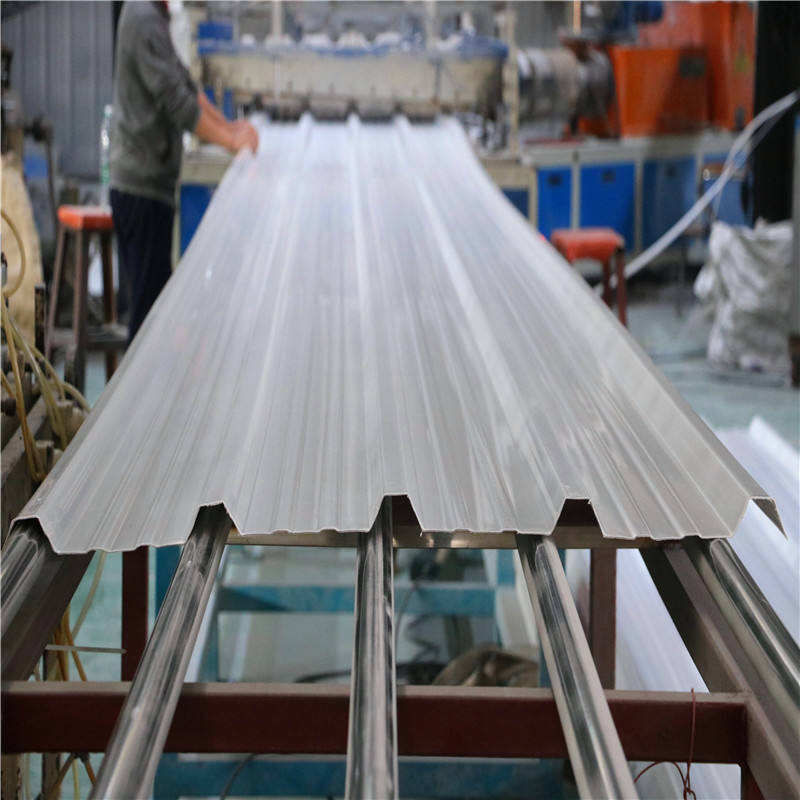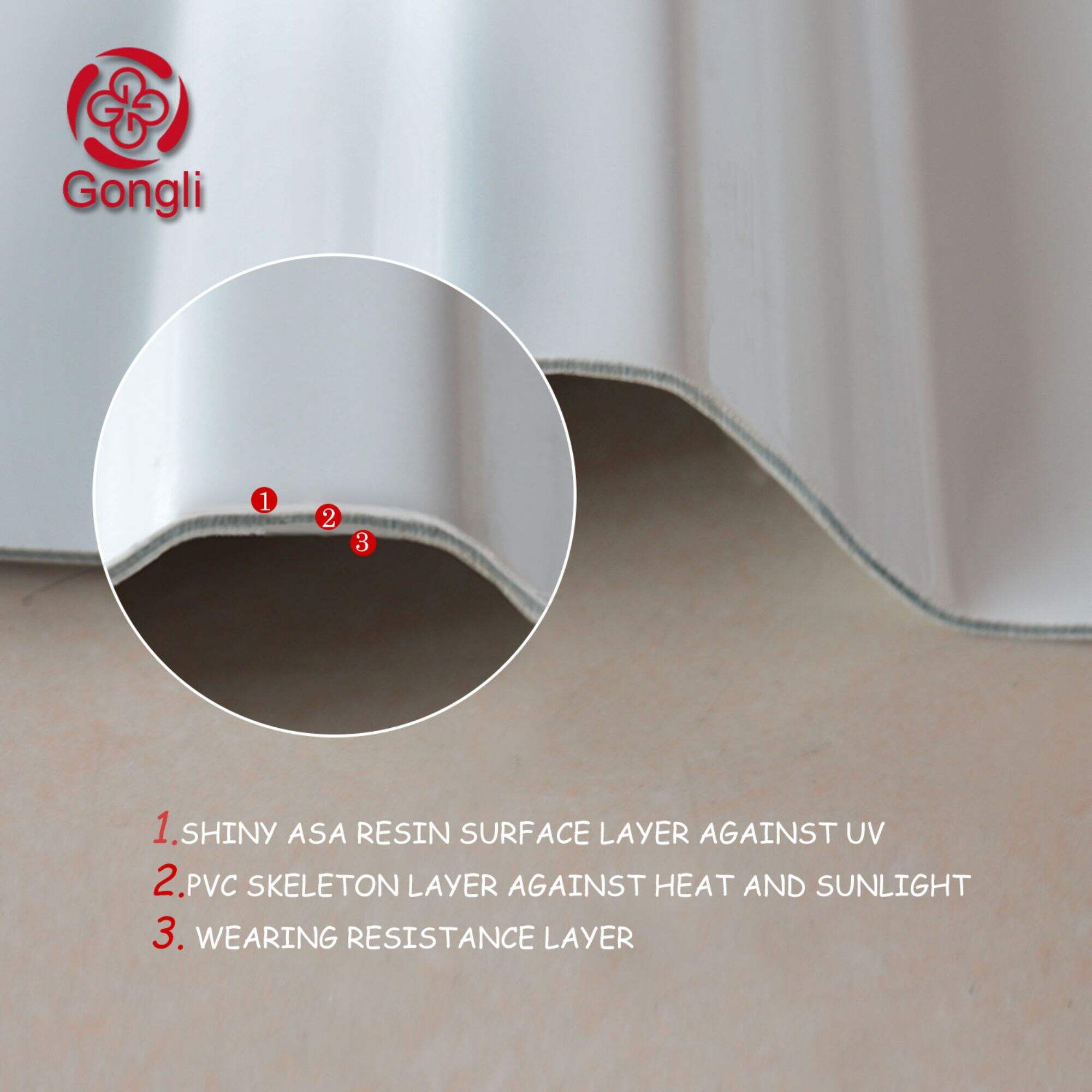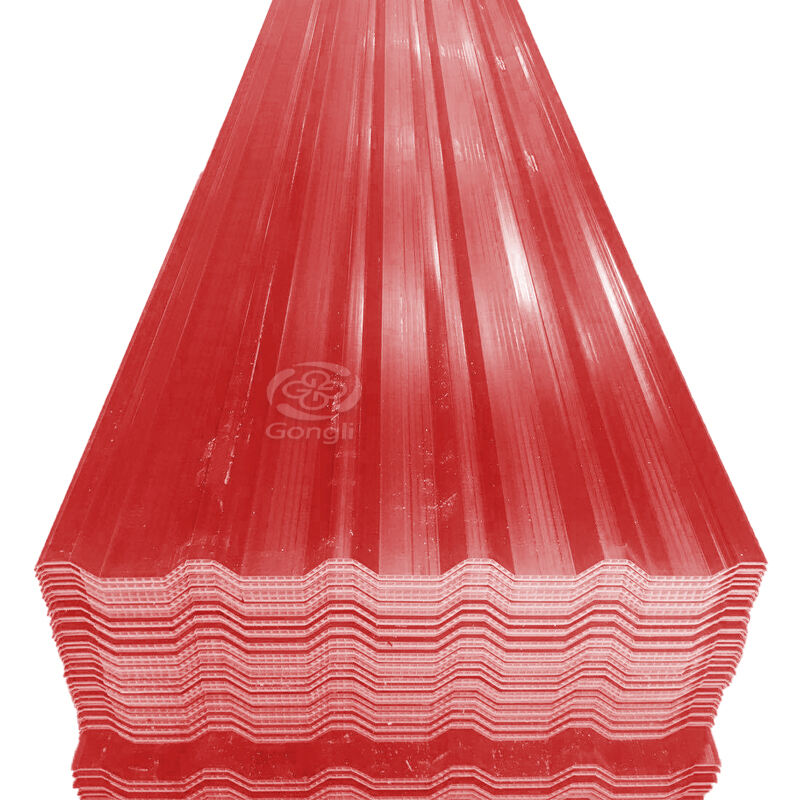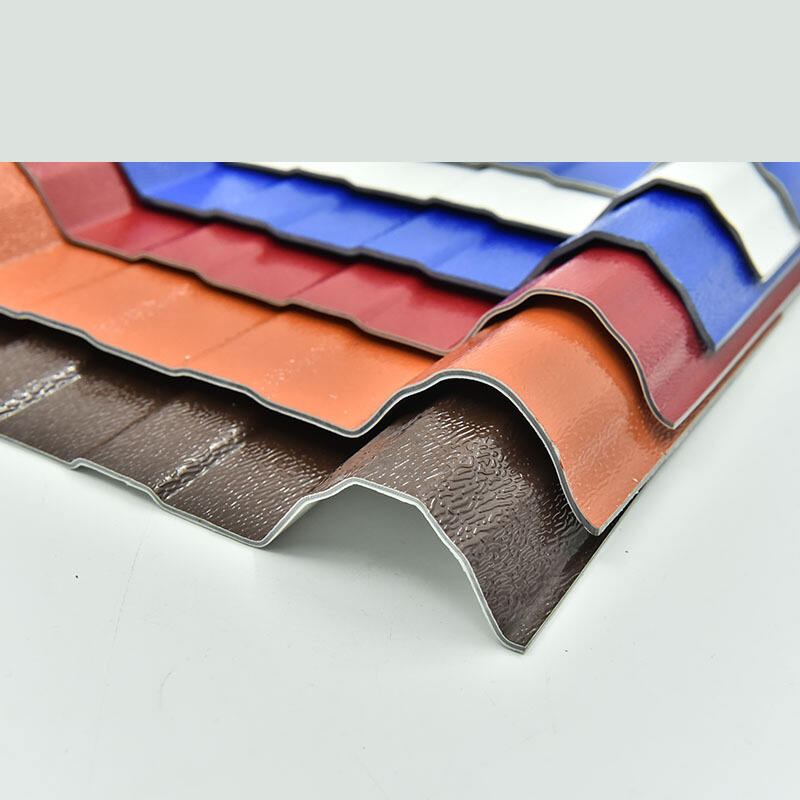What Makes Synthetic Roofing a Sustainable Choice?
Reducing Environmental Impact Through Synthetic Roofing
Recycled Material Composition
Synthetic roofing materials are increasingly being crafted from recycled components, such as PVC and thermoplastics, which play a crucial role in reducing landfill waste. These innovative roofing options, often termed as "recycled roofing materials," leverage materials like rubber and plastic, transforming them from discarded waste into high-performance roofing solutions. By adopting recycled materials in roofing, significant environmental sustainability gains are made, as less raw material extraction and waste are involved. Statistics underscore this benefit; using recycled materials can lower the environmental footprint of roofing products by up to 90% compared to traditional materials. Such statistics emphasize the positive impact recycled roofing can have on environmental sustainability. Additionally, industry certifications like LEED (Leadership in Energy and Environmental Design) and Cradle to Cradle offer assurance that these roofing products meet high environmental standards, validating their use in sustainable construction projects worldwide.
Lower Carbon Footprint Compared to Traditional Options
Synthetic roofing options are renowned for their reduced carbon footprint compared to conventional products such as asphalt shingles. The manufacturing process of synthetic roofing produces significantly fewer emissions, making them an eco-friendly choice. For instance, data show that synthetic roofing can lower CO2 emissions by up to 50% during production, presenting a substantial reduction when compared to the manufacturing of traditional roofing options. Furthermore, studies conducted by environmental organizations advocate strongly for sustainable roofing alternatives that contribute to the reduction of CO2 emissions, emphasizing the role of synthetic roofing materials in combating climate change. In comparison, traditional roofing materials such as asphalt require extensive energy and resources, hence exhibiting a higher carbon footprint. Adopting sustainable roofing options not only aligns with reducing our carbon footprint but also furthers the goals of innovative roofing solutions that support environmental integrity.
Energy Efficiency Advantages of Sustainable Roofing
Heat Insulation Properties of ASA PVC Materials
When it comes to optimizing energy efficiency in buildings, ASA PVC materials stand out for their excellent thermal insulation properties. These synthetic materials are engineered to significantly reduce heat transfer, which contributes to energy savings by keeping homes cooler in summer and warmer in winter. According to experts in architecture, building materials like ASA PVC provide crucial insulation required for achieving energy efficiency certifications, like the LEED (Leadership in Energy and Environmental Design) certification.
ASA PVC materials have superior thermal resistance ratings compared to conventional roofing materials. This ensures a more stable indoor temperature, minimizing reliance on HVAC systems and leading to substantial cost savings on energy bills over time. As more industries pivot towards energy-efficient solutions, adopting ASA PVC roofing can be seen as a necessary step toward sustainable building construction.
Longevity as a Sustainability Factor
30+ Year Lifespan Minimizing Replacements
Synthetic roofs, particularly those made from ASA PVC, boast an impressive lifespan of over 30 years. This durability significantly reduces the frequency of roof replacements, which in turn minimizes the volume of roofing materials that end up in landfills. According to the National Association of Home Builders, approximately 20% of waste at a landfill comes from construction, with roofing materials being a major contributor. By opting for roofing solutions with longer lifespans like ASA PVC, homeowners can help decrease this percentage, thus supporting sustainability. Furthermore, fewer replacements mean fewer resources are utilized over time, translating to reduced ecological impact and costs associated with the production and installation of new materials.
Weather Resistance Reducing Maintenance Waste
Synthetic roofing materials excel in weather resistance, a crucial feature for minimizing damage from extreme weather events such as hailstorms or strong winds. This resilience translates into lower maintenance costs and less frequent repairs, as these materials are designed to withstand various climatic conditions and resist mold and algae growth. According to a report by the National Roofing Contractors Association, homeowners can save significantly on annual maintenance costs by choosing weather-resistant materials. The economic benefits of this reduced need for repairs are complemented by environmental advantages, as lesser maintenance results in decreased waste generation and resource use, aligning with both sustainability goals and cost-efficiency.
Innovative ASA PVC Roofing Solutions in Action
1050mm Blue ASA PVC Heat Insulation Sheets
The 1050mm Blue ASA PVC heat insulation sheets represent a significant advancement in energy-efficient roofing solutions. These sheets incorporate ASA PVC insulation technology to provide superior heat resistance, reducing energy consumption in both residential and commercial buildings. Projects utilizing these roofing solutions have reported notable decreases in energy costs. For instance, a commercial facility in a tropical region achieved a 30% reduction in air-conditioning expenses after installation. Their innovative design has been recognized in industry circles, earning accolades for contributing to sustainable building practices.
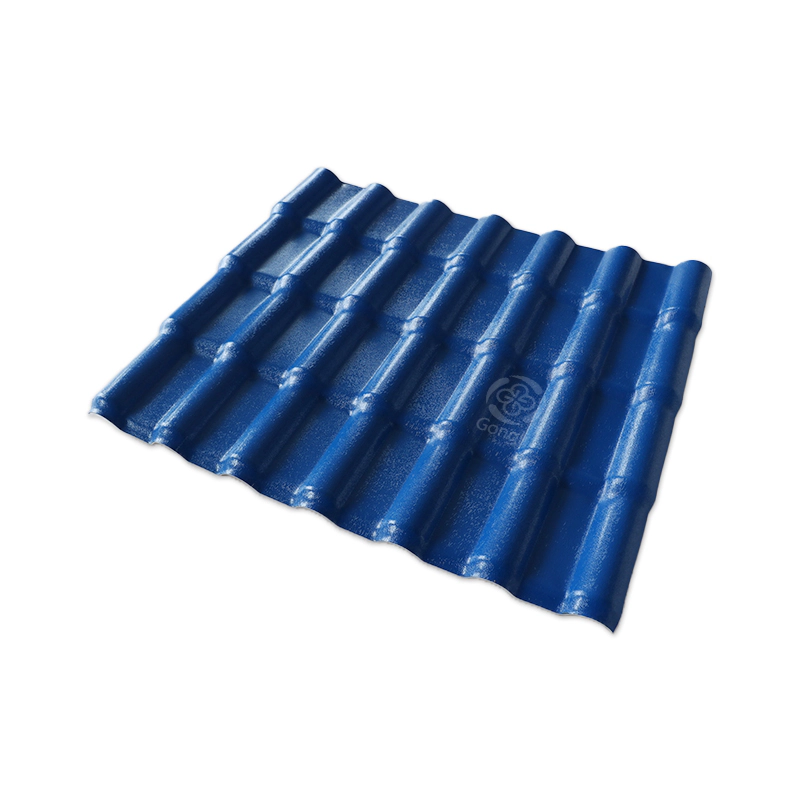
Green ASA PVC Resin Composite Roof System
The Green ASA PVC Resin Composite Roof System is an exemplary model of sustainability and eco-friendliness in modern construction. Composed of recyclable materials, the system actively contributes to reduced environmental impact. In various case studies, installations in eco-conscious buildings have resulted in improved energy efficiency, cutting down on utility expenses significantly. This composite system is reinforced by certifications like ISO 14001 for its environmental management standards and has been praised for its role in green building enhancement.
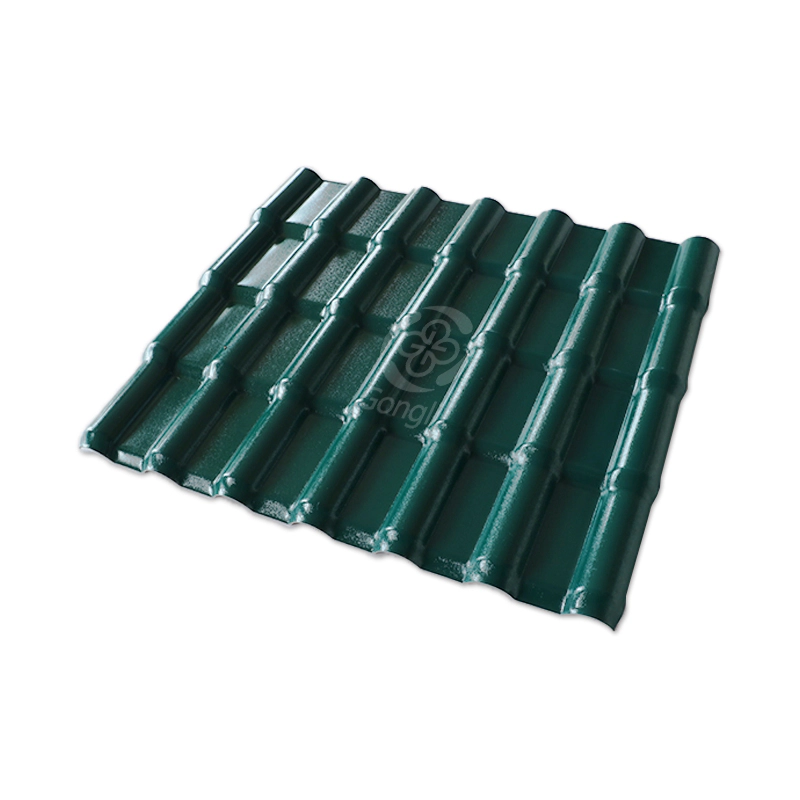
Dark Blue Waterproof ASA UPVC Tiles
Known for their exceptional durability and waterproofing technology, the Dark Blue Waterproof ASA UPVC Tiles provide a robust solution against leaks and weather-related damage. Field tests have demonstrated their capacity to withstand harsh weather conditions while maintaining structural integrity. Contractors and homeowners laud these tiles for their durability and cost-effectiveness, with testimonials highlighting significant reductions in maintenance and repair costs. This roofing product effectively merges practicality with superior performance, positioning it as a leading choice among durable roofing materials.

The Future of Sustainable Roofing Technology
Advancements in Triple-Layer Co-Extrusion Manufacturing
Triple-layer co-extrusion manufacturing is revolutionizing the roofing industry by significantly enhancing durability without compromising aesthetic appeal. This innovative process allows for multiple layers of materials, each serving a distinct function, such as weather resistance, insulation, and aesthetic design. The diverse colors and textures that can be achieved with this technology are remarkable, offering homeowners and builders a plethora of design options while ensuring long-term performance. Innovations in manufacturing, such as precise material blending and reduced waste during production, further improve the environmental footprint of roofing products. Together, these advancements position co-extrusion technology as a cornerstone in the development of advanced roofing solutions.
Integration with Solar-Ready Roof Designs
The integration of sustainable roofing technologies with solar-ready roof designs is paving the way for the next generation of energy-efficient homes. These roofs are specially designed to accommodate solar panels, providing a seamless and aesthetically pleasing solution for homeowners looking to reduce their carbon footprint. Emerging trends indicate an increased demand for such dual-functional roofing systems due to their significant energy savings and environmental benefits. Various collaborations between solar panel manufacturers and roofing companies have resulted in projects that exemplify this successful integration. These projects highlight the potential for sustainable and solar-responsive designs to significantly reduce energy consumption and promote eco-friendly living.
Recommended Products
Hot News
-
How to choose the right roof tile
2024-01-24
-
PVC Plastic Tiles: The Ideal Roofing Material
2024-01-24
-
The Essentials of Synthetic Resin Tile Manufacturing
2024-01-24

 EN
EN
 AR
AR
 BG
BG
 HR
HR
 CS
CS
 DA
DA
 NL
NL
 FI
FI
 FR
FR
 DE
DE
 EL
EL
 HI
HI
 IT
IT
 JA
JA
 KO
KO
 NO
NO
 PL
PL
 PT
PT
 RO
RO
 RU
RU
 ES
ES
 TL
TL
 IW
IW
 ID
ID
 LT
LT
 VI
VI
 TH
TH
 TR
TR
 AF
AF
 MS
MS
 KM
KM
 LO
LO
 MY
MY

